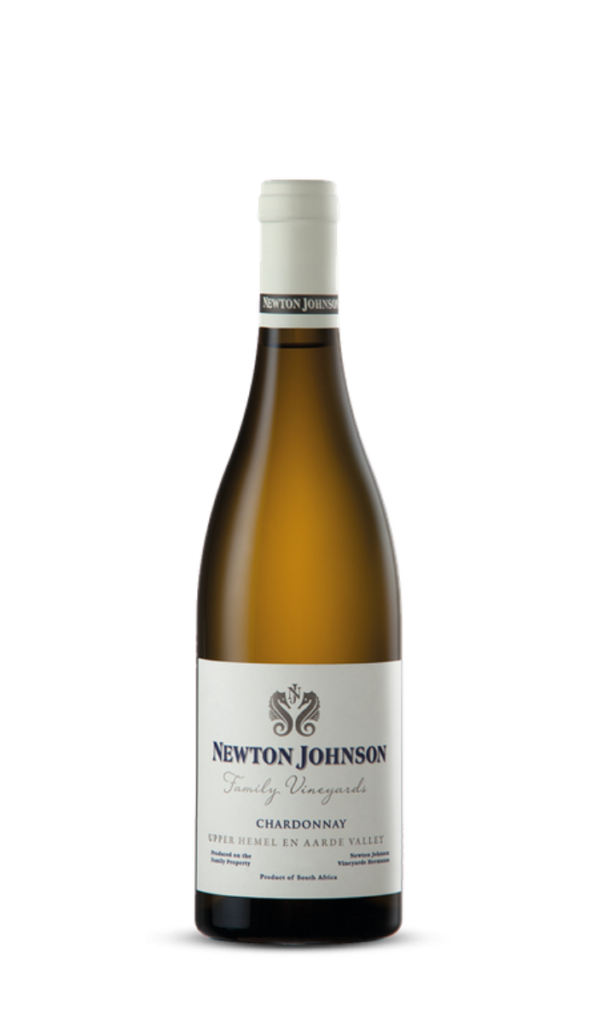

Out of stock
35,58 €
Out of stock
Chardonnay is compelling when it has energy, giving you an impressionists’ experience of natural light. It’s an elusive quality that great wines share despite the versatility of the variety. It is more of a winemakers wine where observation pays off , and though it easy to make, in contrast it is surprisingly easy to muddy the message from the vineyard. The Family Vineyards Chardonnay is comprised of three vineyard sites from the farm, widely varied in their exposure to the sun. The vibrancy, clear cut structure and long flavour we perceive from these granitic slopes is our safeguarded jewel. This well-drained, gravelly soil of mostly quartz, pink feldspar and mica on the lower part of the slope reaches down to deposits of clay. Clay adsorbs water and high concentrations of trace elements for the increasingly complex activity of soil microorganisms, which all contributes to the building blocks of the wine’s crystalline flavour profile. Our south facing Chardonnay vineyards produce edgy and agile wines with nervy acidity, while the north facing slopes are more lustrous wines, delivering weight without being heavy, layering the structure. A natural approach in the winemaking will ensure a complex array of characters in this wine.
95 points | Tim Atkin, MW | 2021 South Africa Special Report
“Made with grapes from three sites – two north- and one south-facing, this is a very complete, balanced wine, with 30% new wood, citrus, oatmeal and cinnamon spice flavours, pithy acidity, a drizzle of cream and commendable palate length. Drink 2022-27.”
Of the 2020 vintage, Bevan says: “2020 has been a wonderful continuation from what we have started to see in 2019, fresher, tighter, and more energetic wines.” Much of this was due to the growing season. “[2020 was] an unprecedented vintage with remarkably long ripening”, Gordy says. “The Pinot Noir averaged 105 days of ripening from flowering to harvest, the first time we have exceeded the 100-day mark, that saw beautifully evolved and complex flavours with concentration and fine, ripe tannins. The white wines of 2020 also express remarkable definition and depth due to the length of ripening. In contrast with the norm, we had to wait patiently for ripeness instead of being chased by it.”
Abundant layers of complex flavour growing increasingly luminescent and steely in the glass. Lucid ripe citrus and white peach are inured with ornate spices and lime zest . The fleshiness of the wine sways and eases the razor-sharp purity of the Granite soil influence. The brittle crunch in the structure hems in the lush texture, with an elongated thread of grape acid resonating in the finish.
Alcohol by volume 13.33 % Total Acidity 6.5 g/l pH 3.37 Residual sugar 2.6 g/l
These vineyards lie on the mid to lower slopes at altitudes o f 240-260m, in the porphyritic Granite soils of the Upper Hemel-en-Aarde Valley. This appellation ranges from 4 to 8 km in proximity to the Atlantic Ocean. The climate is cool and temperate, where parallel mountain ranges channel the southerly oceangoing winds through the appellation during the summer. These southerly winds in turn create regular sea mists and overcast conditions, moderating the temperatures in the valley. The annual rainfall is 850mm, with 50% falling in the winter months (May – August).
APPELLATION: Wine of Origin UPPER HEMEL-EN-AARDE VALLEY
SOIL: Carbon rich decomposed granite over red clay subsoil
ASPECT: North (30%), South (45%) South East (25%). Slopes of 11-13%.
TRELISSING: 7-wire Vertical Shoot Positioning (VSP) with movable wires
AGE OF VINES: 10 – 15 years
PRUNING: Cordon
V I N E S P E R H a: 2645 (steep slope with partial terraces) – 4166
A V E R A G E Y I E L D: 3.2 – 7 tons/Ha (20 – 45 hl/Ha) 2 0 1 7
Growing Season & Harvesting This is the 3r d straight vintage that was warmer and earlier than the average. The preceding winter had decent rain, though was quite poor in terms of accumulated cold temperatures. Fortunately, there were no major abnormalities with budding in the last week of August, a week later than ’15 and ’16. A sustained, dry and warm summer kept the vine canopies relatively modest in growth vigour, and the crop was lower than average. A significant event was the 50mm of rain received on the 27t h January as the first parcels of Pinot Noir were being harvested. This resulted in a delay in ripening for everything else on the vine, with moderate temperatures allowing grape flavours to develop without sugar accumulation.
The grapes are packed in to large-surface area crates to limit crushing of the bunches. The day’s harvest is cooled down overnight to 8ºC in the winery’s refrigerated cold room. The grape bunches are hand-sorted on a conveyor and fed directly by chute to the press for whole bunch pressing. The juice is settled by temperature only (no enzyme) and rac ked in to barrel for fermentation by indigenous yeasts. No lees stirring was applied.
Matured for 11 months in 228L and 500L barrels produced in Burgundy and custom made for these vineyards. Tighter grained oak is preferred for subtle flavour, with longer seasoning and slower, lower temperature toasting. New oak comprises 23%. The wine is racked to stainless steel for another 2 months of élevage. No fining and light filtration before bottling.
B E S T D R I N K I N G: Now – 10 years